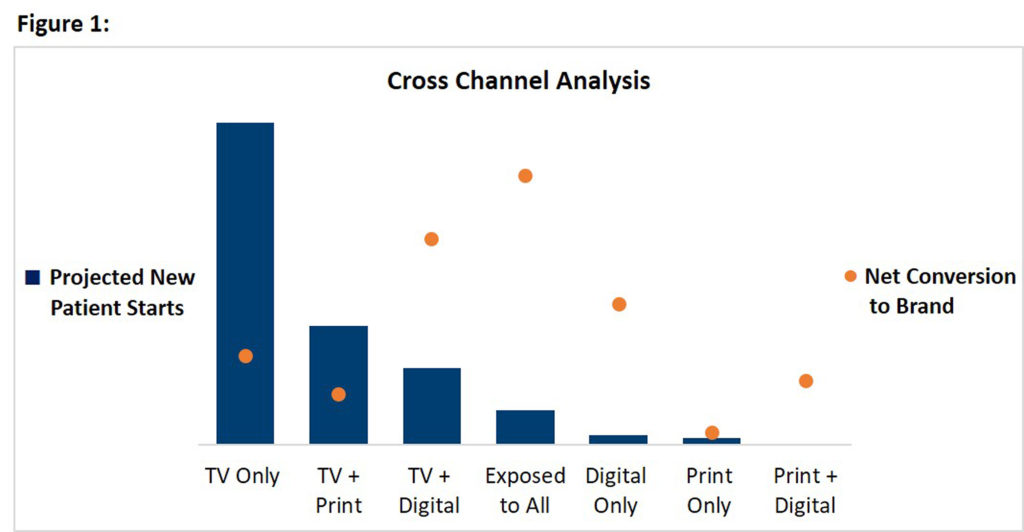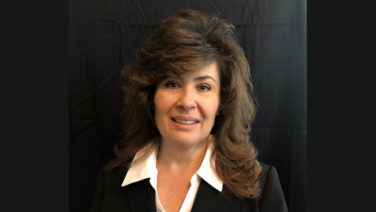Television continues to dominate pharmaceutical marketing, accounting for more than 70% of DTC spend. However, the TV landscape—and how viewers watch TV—is rapidly changing. TV content can be viewed anywhere, across multiple devices, and marketers need to shift their buying strategies to align with consumer viewing behavior. It is no longer a best practice to monitor and strategize TV in a vacuum—the evolving TV landscape requires more informed targeting and spend decisions.
Adopting a data-driven, patient-focused TV strategy can help brands effectively measure and optimize TV buys across all devices and provide new business opportunities to efficiently drive ROI. Here we explore and answer key questions that commonly arise for pharma brands around the rapidly changing TV landscape and the value of TV in pharma marketing.
Q. How can I take advantage of the changing TV landscape?
A. Data is changing the way TV buyers execute their traditional and advanced television campaigns.
Linear TV remains the number one way for advertisers to reach broad audiences at scale, but it traditionally has been limited to broad demo-based buying and little measurement of the impact of a linear campaign. Today’s innovative marketers are using data to better identify the programming that over-indexes against relevant health audiences and are leveraging advanced analytics to measure the impact of linear campaigns. Through these shifts in the planning and buying process, marketers and their agencies can more closely align their relevant audiences with business goals, yielding more efficient and effective TV buys.
New advanced TV options, including addressable TV, over-the-top (OTT), data-driven linear optimization (DDL), etc. allow your TV buying and measurement strategy to be as precise as your digital plans. Marketers can target TV ads to those most likely to suffer from a health condition, but, to the viewer, an addressable ad looks no different than a traditional ad. While the cost is often higher, using data to target precise audiences significantly reduces media waste.
Q. I have a drug that treats a condition only affecting a small patient pool—is TV worth the investment for this rare condition?
A. In the past, marketers were hesitant to use a traditional TV campaign to reach a niche audience due to the targeting inefficiency. Fortunately, advanced TV options now allow you to get more precise in targeting with predictive models while taking a unified, data-driven approach.
We have seen these targeted campaigns leveraged effectively for therapies with fewer than 5,000 new diagnoses each year. Brands can create custom predictive audience segments to activate on both addressable TV and digital campaigns. By unifying audiences across channels, you can reach your small patient pool wherever and whenever they are consuming content, through both digital programmatic and addressable TV advertising.
Leveraging such a patient-centric targeting approach for media purchasing enables pharma brands treating rare conditions to reach more precise audiences and reduce media waste in a channel they otherwise may not have considered.
Q. How does TV work in combination with other media channels in my DTC buy?
A. While we often see TV on its own as the highest contributor to new patient starts, we also have observed TV improving the performance of other media channels when combined in a DTC buy. For example, in a recent campaign we analyzed, the performance of print and digital channels were improved when combined with TV exposure, as seen in Figure 1.
 Q. What if I wanted to just “pull the plug” on my TV buys?
Q. What if I wanted to just “pull the plug” on my TV buys?
A. This is a common reaction when television is measured in a silo. For clients in this situation, developing a measurement strategy aligned to brand goals is the best way to determine the effectiveness of your TV campaign.
For example, a client wanted to determine the impact of TV by “going dark,” and turned off their linear TV campaign for eight weeks. During this time, we evaluated the impact on the brand’s prescription sales. We started by quantifying the differences in the incremental benefit between the brand’s on-air and dark period, leveraging an exposed versus non-exposed control group. Then, we performed analyses by time period surrounding the brand being dark.
The result? During the eight-week dark period, there was an immediate impact on the brand’s new patient starts with a delayed but meaningful impact on adherence. Need the hard numbers? There was an 8% reduction in new patients to the brand and a 7% reduction in incremental prescription fills during the dark period—a clear indication of the influence TV advertising has on not only new patient starts but adherence as well.
Ultimately, this new, audience-driven TV landscape provides healthcare marketers with more opportunities to reach and engage the right audience with compelling TV commercials. By implementing a data-driven, patient-centric approach, you can make smarter media buys and see a higher return on your TV investment.










